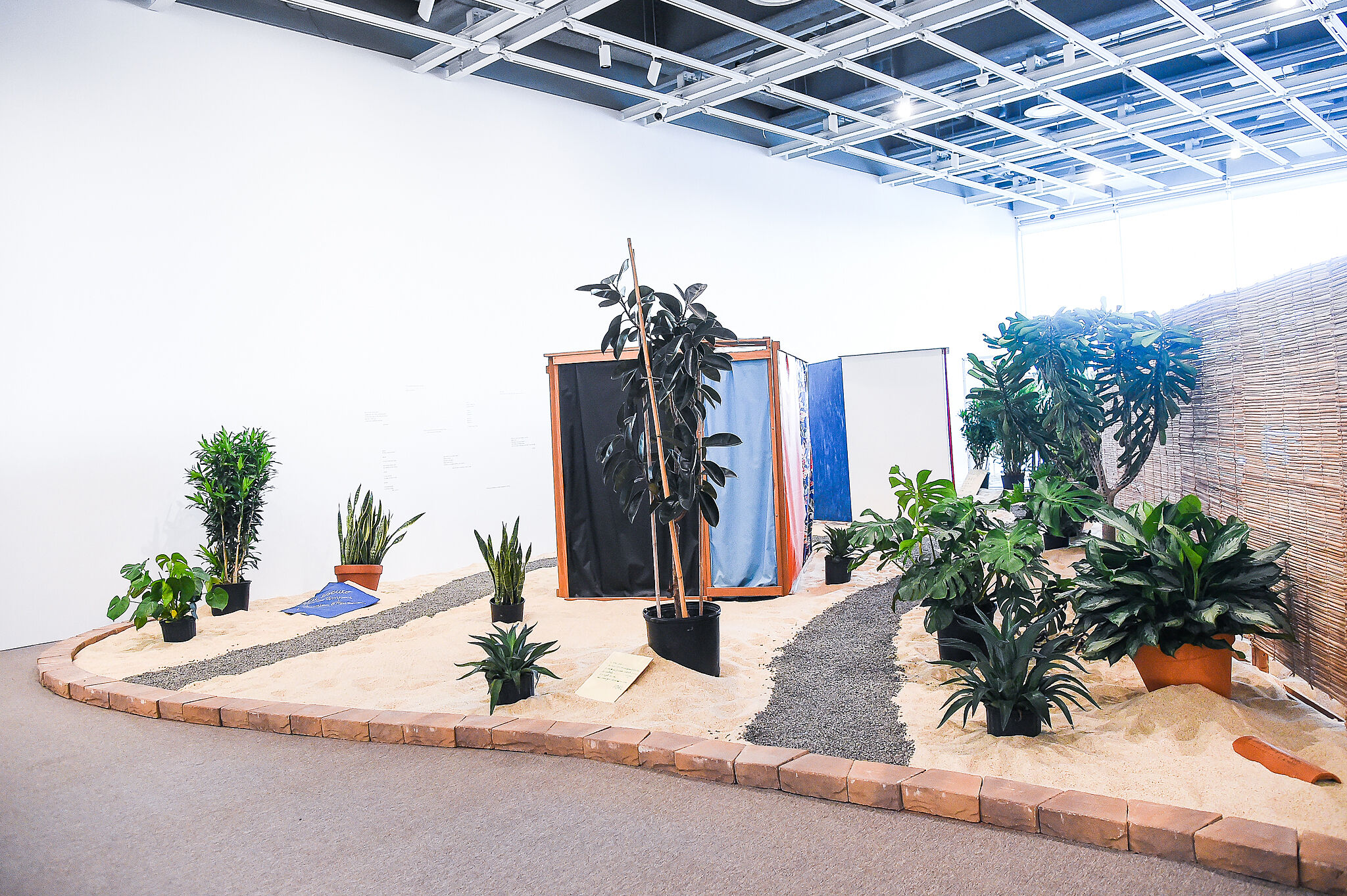Hélio Oiticica, Rio Parangolés
July 14, 2017
0:00
Hélio Oiticica, Rio Parangolés
0:00
Christopher Dunn: So one of the things that I think it really interesting about Hélio Oiticica if we go back to the early 1960s, is this idea of participation. Participation, or what at the time was called culturo gi participacao. The culture of participation was on the lips of left wing artists and intellectuals at the time.
And it very much spoke to this middle-class desire to seek communion with the culture of the people. So this idea of the culture of participation, or participatory culture, was kind of a top-down idea.
I talked previously about how these intellectuals and artists—they loved samba music. They loved the samba schools and the old-guard of the samba musicians and all of that. But there was a place for that, and that was either in the favelas or in the samba schools, or in certain clubs. But there were spaces that were not for those people as well. And that would have been these elite spaces like the Museum of Modern Art.
Oiticica came from a completely different angle, and created an alternative idea of participation. One that was not about leading the people or showing them the way, it was about engaging everybody in the creation of meaning through the work itself.

